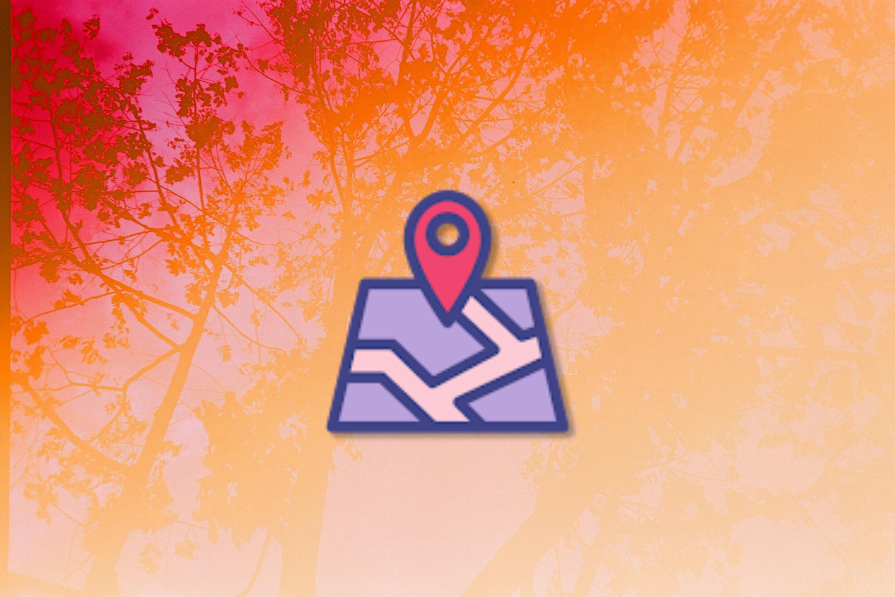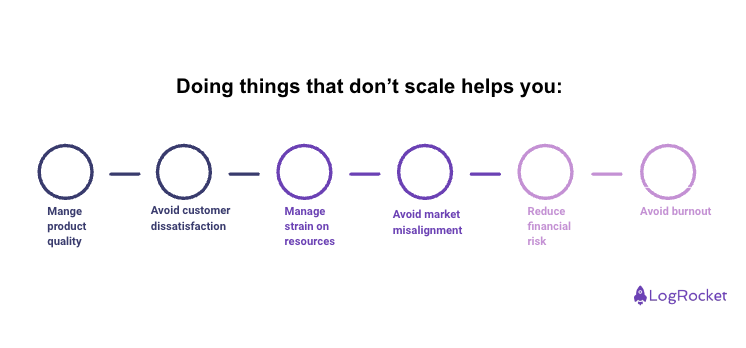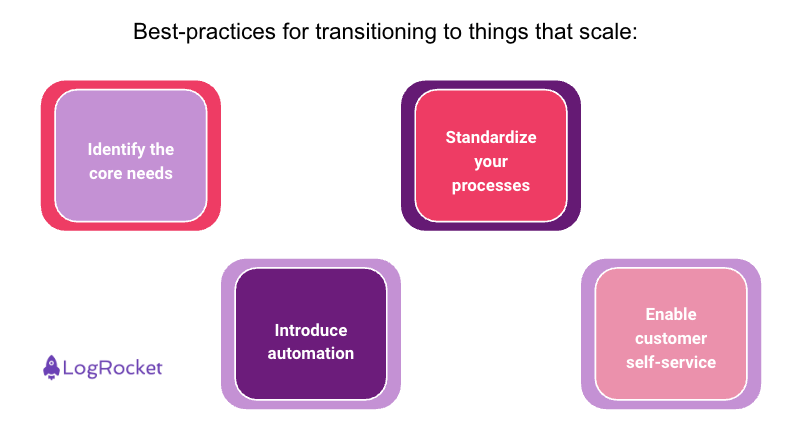The idea of making product decisions that don’t scale may sound counterintuitive, but it can be essential for the long-term success of your product. While sometimes expensive, engaging and gathering information from your customers provides insights into their needs that enables you to build products that deliver solutions. Think of this as an upfront investment that ultimately pays dividends later on.

This article covers the basics of why you should do things that don’t scale, including examples of product activities that don’t scale, case studies of companies that used this approach, and how to eventually transition towards things that do scale.
Doing things that don’t scale refers to personalized, manual, or resource-intensive efforts that cannot be easily replicated as a business grows.
These actions often focus on engaging with customers, gathering feedback, or providing tailored services that require significant time and effort to deliver.
If you have a great product idea, you might want to focus all your attention on developing it. However, by adding in some things that don’t scale you can:

Rapid scaling may compromise product quality, leading to increased bugs or service failures. This can damage your reputation. On the other hand, delivering small and manageable features helps you focus on quality.
If the product isn’t ready for a larger audience, customers may have a poor experience and churn. By giving yourself time to deliver a good experience and positive outcomes, you can avoid early dissatisfaction.
By scaling quickly you can be faced with a strain across numerous resources, from financial and human, to operational. In these cases, it’s difficult to maintain service levels or innovate effectively over time.
Avoiding the temptation to expand before fully understanding the target market helps prevent misaligned features or offerings, and provides you with an opportunity to achieve product-market fit.
Quickly trying to scale a product requires an enormous amount of investment. By slowing down and building a sustainable revenue model first, you can avoid significant financial losses.
Doing too much too soon can lead to burnout from the pressures of rapid growth, impacting both morale and productivity. This can be manageable in the short-term but can severely impact teams in the medium to long term.
Every organization is different, however, you can start doing things that don’t scale by:
How you approach customer engagement is a more straightforward approach to doing things that don’t scale. Conduct one-on-one interviews to gather in-depth feedback directly from users, personalized emails rather than automated responses, or individual promotions sent directly to your customer.
In addition to customer engagement, you can also offer bespoke customer support, such as a dedicated account manager for key clients to help walk them through the service and understand unique needs, or onboarding with one-to-one sessions, where you walk customers through each step in the process to get them using the core service.
The use of manual processes for setting up new accounts or processing payments can allow you to make adjustments based on individual user feedback, and then over time determine a more automated process for introduction.
One way to do things that don’t scale is to only launch features or products to a small, controlled audience first in order to test their effectiveness and gather insights before a wider rollout.
Focusing on 20 or 50 customers can be manageable in the short-term as you gather insight but might not be scalable in the future as revenue might need to increase.
Some notable examples of companies that used this approach include:
In its early days, the Airbnb founders personally visited and photographed property listings to enhance its appeal. This hands-on approach helped improve the quality of the platform by making listings appear more authentic and giving customers the opportunity to see the property before booking. However as the service became more popular, it was impossible to scale up personalized photography and the founders shifted towards relying on users.
Dropbox introduced a referral program where users could earn extra storage by inviting friends to the service. This approach allowed the business to scale without large marketing spend, while simultaneously encouraging more usage from existing customers. Eventually this referral approach got the company so far and alternative approaches to growth needed to take over.
Zappos sought to create a loyal customer base by focusing on providing exceptional customer service with things like making personal phone calls to customers and sharing handwritten thank-you notes. As with AirBnB, this personalized approach is great in the early stages when you want to get close to customers, however, once customer numbers increase, your ability to scale reduces.
Even the largest organizations aren’t averse to doing things that don’t scale. With Gmail, Google personally invited users to use the platform with the aim of collecting feedback to allow it to refine features and ensure the developing product met real user needs. Eventually for Google, the opportunity to personally invite users ran into scaling challenges and new approaches were taken.
Transitioning from unscalable to scalable solutions involves careful planning and execution. To help with this, use these best-practices:

Many of the core benefits of doing things that don’t scale relate to being in a position to really understand what the customer needs before committing too much to a solution. Because of this, you should first analyze user feedback and data to identify the most critical needs that should be addressed in the scalable solution.
Through the feedback you gather from the unscalable phase, you’ll be in a position where you can document and standardize the successful unscalable processes. These optimized guidelines and workflows can be replicated as the user base grows to ensure consistency across customer touchpoints.
As you look to scale, implement solutions to let you automate repetitive tasks, such as in-product customer onboarding, or automated email sending. The more a system can process for you, the more value individuals can add in other areas.
Enabling customers to be able to help themselves frees up time for team members to add value in other areas. This can be achieved through FAQs, tutorials, and help centers so that users can solve problems independently.
Just because you begin to scale some areas of your product doesn’t mean that it’s the end of doing things that don’t scale. The value that you can achieve from non-scalable solutions can continue as your product grows, allowing you to test new areas, gather valuable feedback, and prepare for future growth.
If you have examples of doing things that don’t scale, share them in the comment sections below. It always helps me to hear from other PMs about what works for them and what doesn’t. Until next time!
Featured image source: IconScout

LogRocket identifies friction points in the user experience so you can make informed decisions about product and design changes that must happen to hit your goals.
With LogRocket, you can understand the scope of the issues affecting your product and prioritize the changes that need to be made. LogRocket simplifies workflows by allowing Engineering, Product, UX, and Design teams to work from the same data as you, eliminating any confusion about what needs to be done.
Get your teams on the same page — try LogRocket today.

A practical framework for PMs to use AI in ideation without sacrificing judgment, strategy, or decision quality.

A practical five minute revenue estimation method to help product managers compare ideas, drop low impact features, and prioritize smarter.

A practical guide for PMs who want to stop being bottlenecks, delegate smarter, and lead teams effectively with a clear ownership framework.

Stop letting unreliable data block features. Treat data as inventory to track quality, ownership, and ship with confidence.